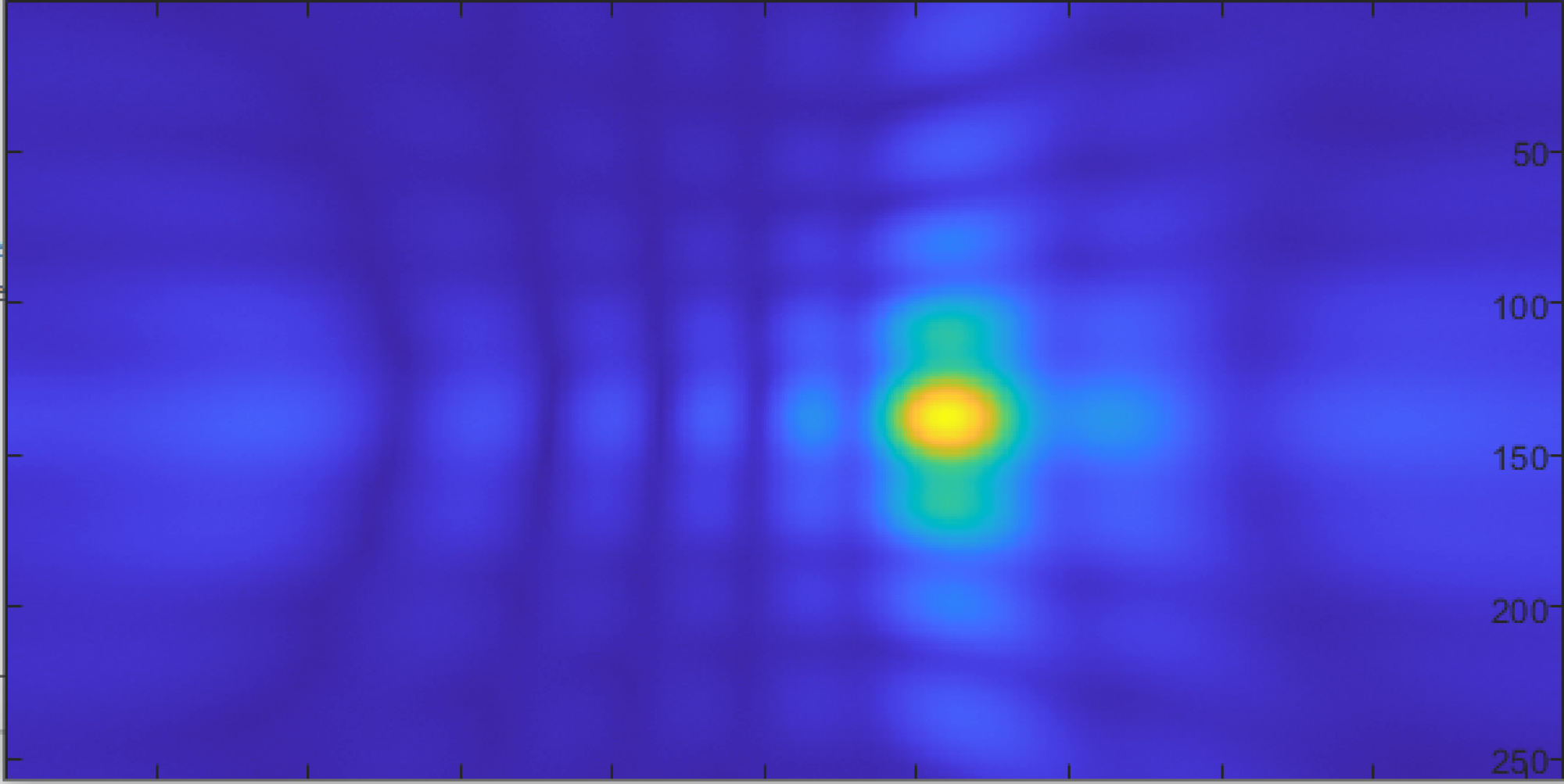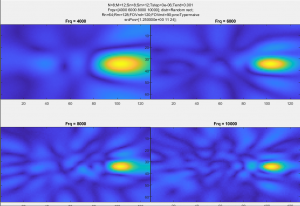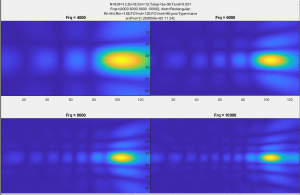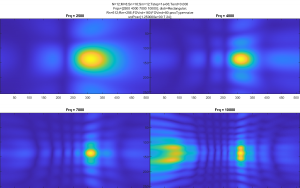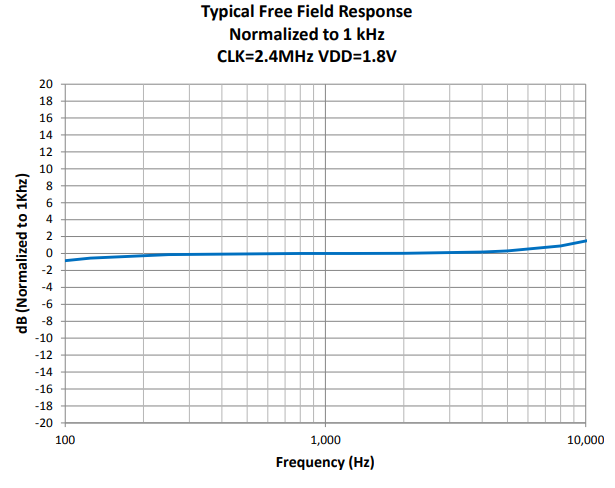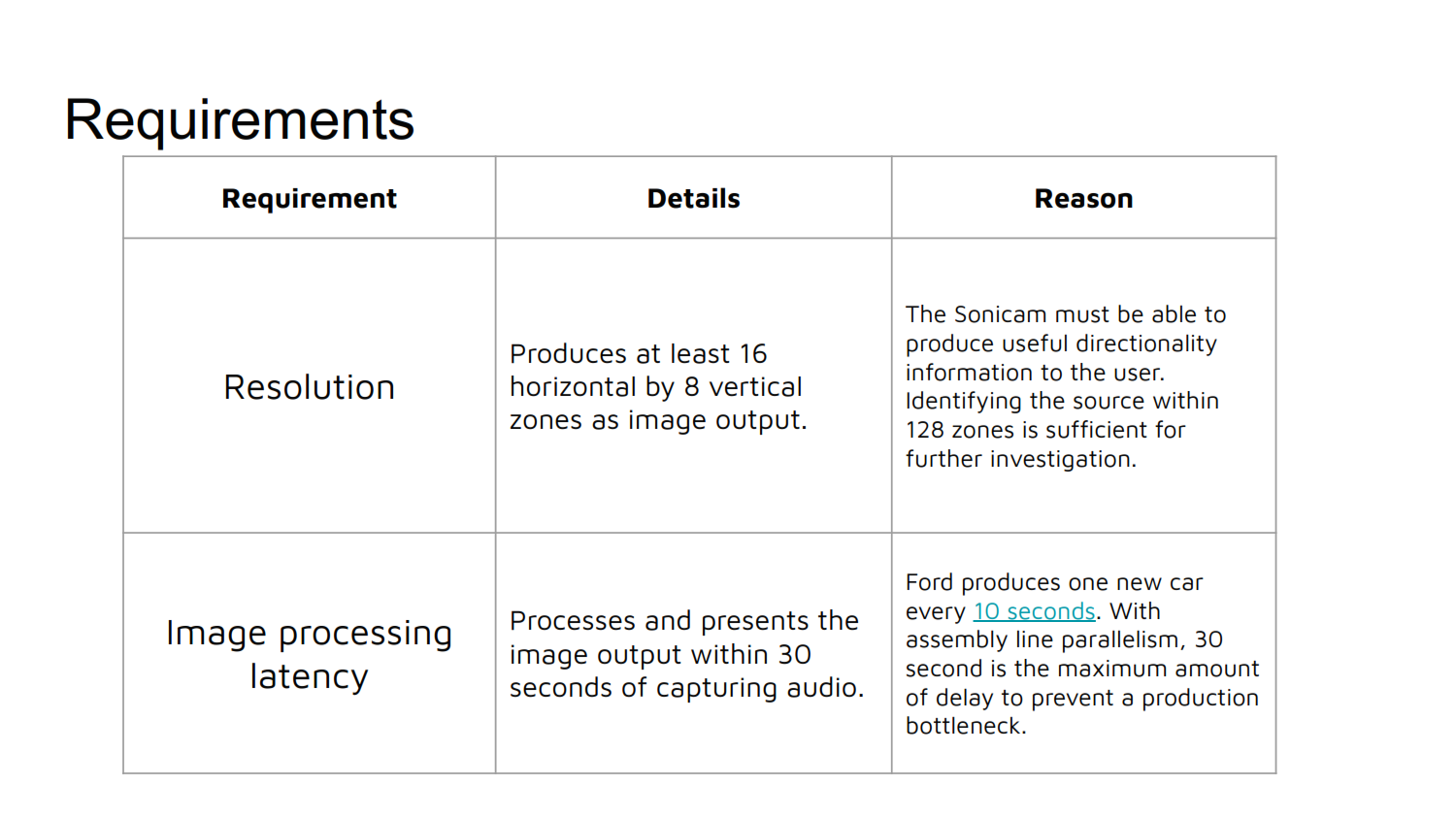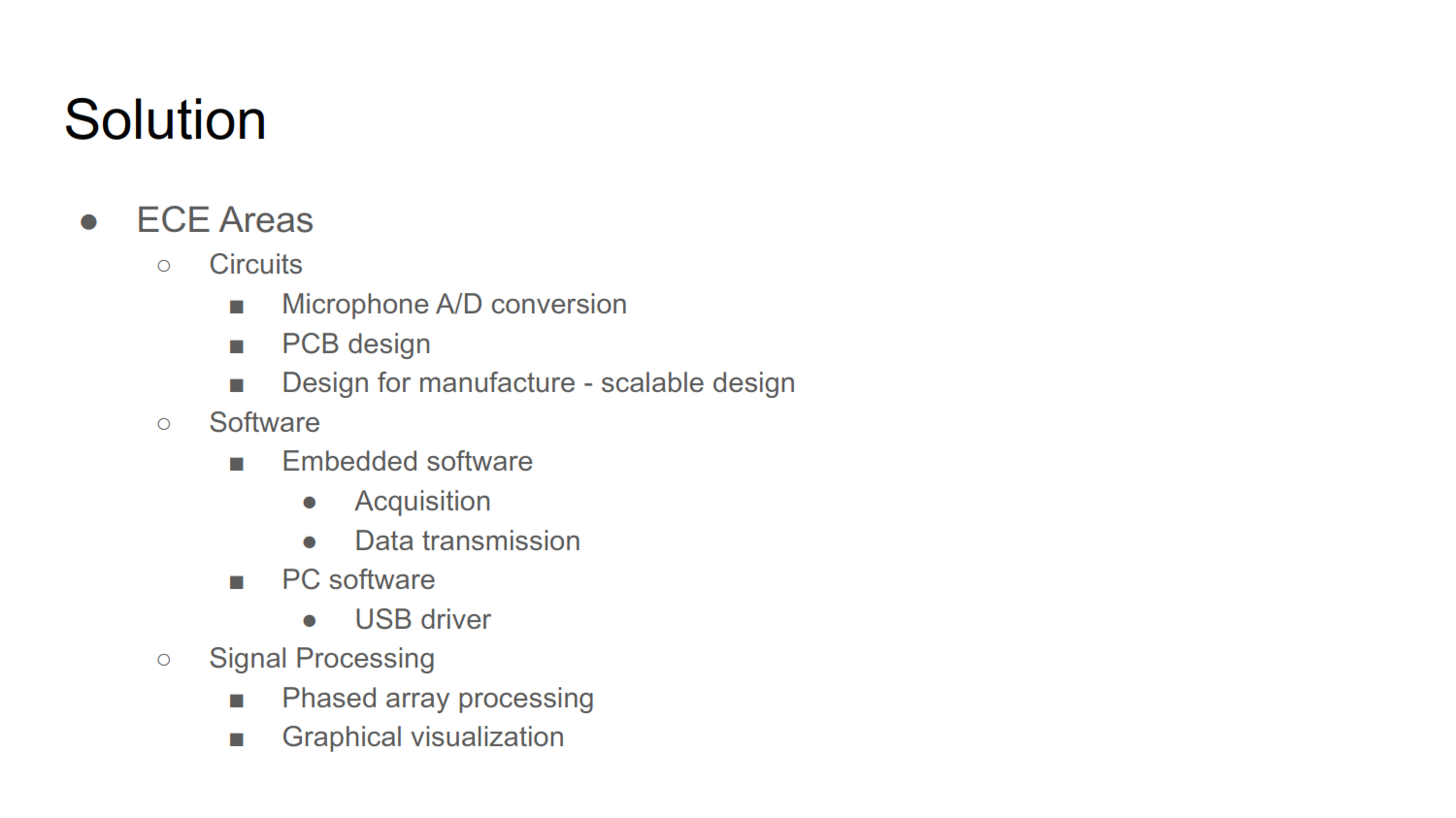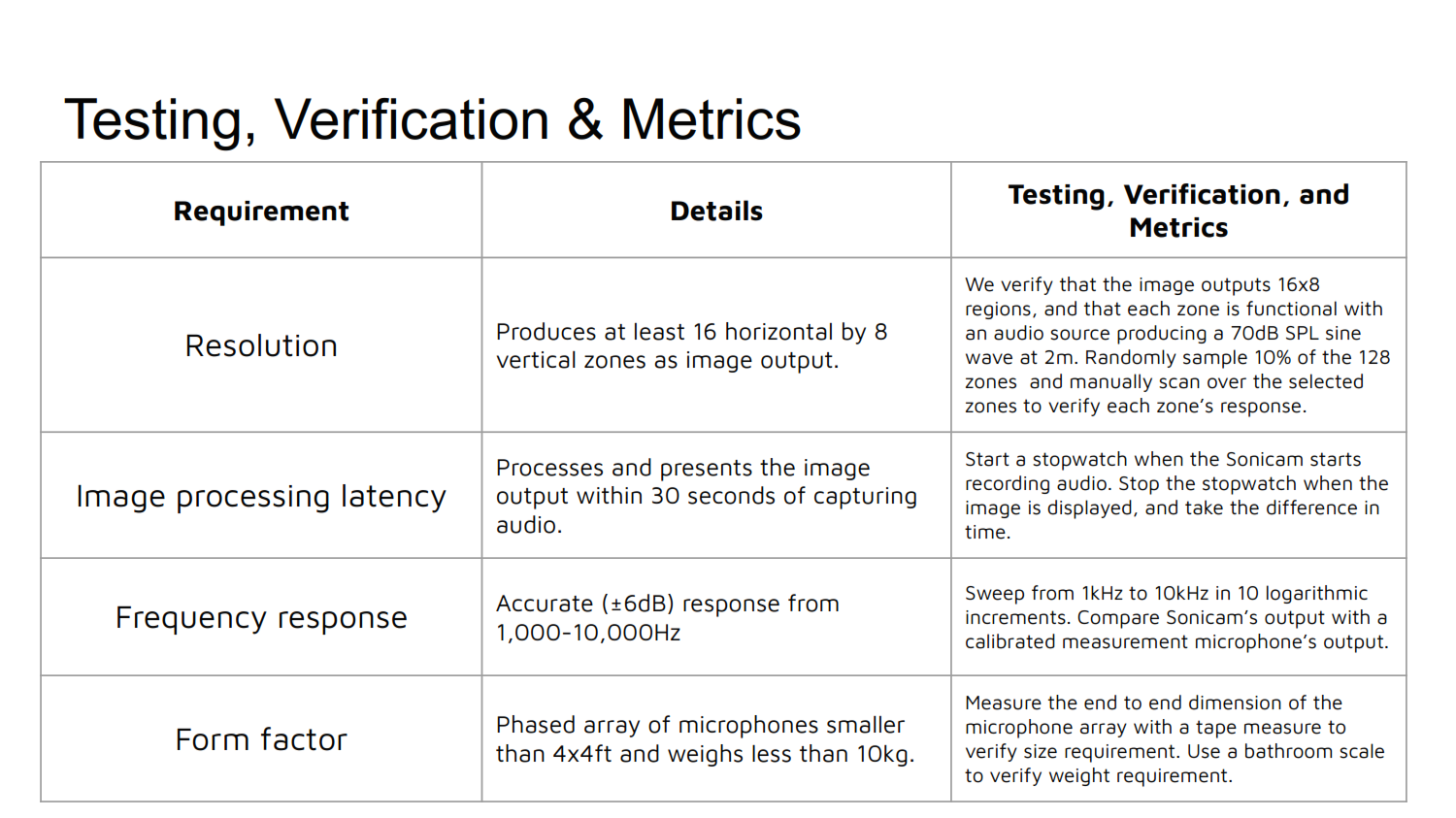Termination resistors?
Since the signals going in and out of the PDM microphones are digital, termination resistors may be needed to reduce ringing and overshoot when the signal is being transmitted over a long distance. TDK’s recommendation is as follows:
When long wires are used to connect the codec to the ICS‐41350, a source termination resistor can be used on the clock output of the
codec instead of a buffer to minimize signal overshoot or ringing. Match the value of this resistor to the characteristic impedance of
the CLK trace on the PCB. Depending on the drive capability of the codec clock output, a buffer may still be needed, as shown in Figure
13.
From: https://43zrtwysvxb2gf29r5o0athu-wpengine.netdna-ssl.com/wp-content/uploads/2016/02/DS-000047-ICS-41350-v1.1.pdf
Let’s do some quick calculations if termination resistors are required at these signal speeds. Here’s a paper that discusses when it’s necessary to put termination resistors: https://www.analog.com/media/en/training-seminars/tutorials/MT-097.pdf
The maximum PCB track length is then calculated by multiplying tr by 2 inch/nanosecond. For example, a maximum frequency of 100 MHz corresponds to a risetime of 3.5 ns, so a 7-inch or more track carrying this signal should be treated as a transmission line.
We’re driving the input clock to the PDM microphones at 3.0MHz. At 3.0MHz, the rise time is about 115ns. The dimensions of the microphone array are 1x1ft max, so the maximum FFC cable length is 1ft. 115ns * 2 in/ns is 230in, so we should be at least an order of magnitude safe without termination resistors.
- We haven’t heard back from TDK or Knowles regarding microphone samples, so I’ll follow up next week. Even if we don’t get the microphones for free, we still do have enough budget for them. ($150 for 100 mics)
- We will have our design review on Monday, Feb 24, so we’ll be preparing for the presentation.
- We are on schedule so far.
- To do: Solder wires to the microphones, power it with 3.3V and feed it a 3MHz clock. Capture the output waveform from the mic and develop a script to analyze the waveform. Low pass filtering it should yield the analog waveform.
